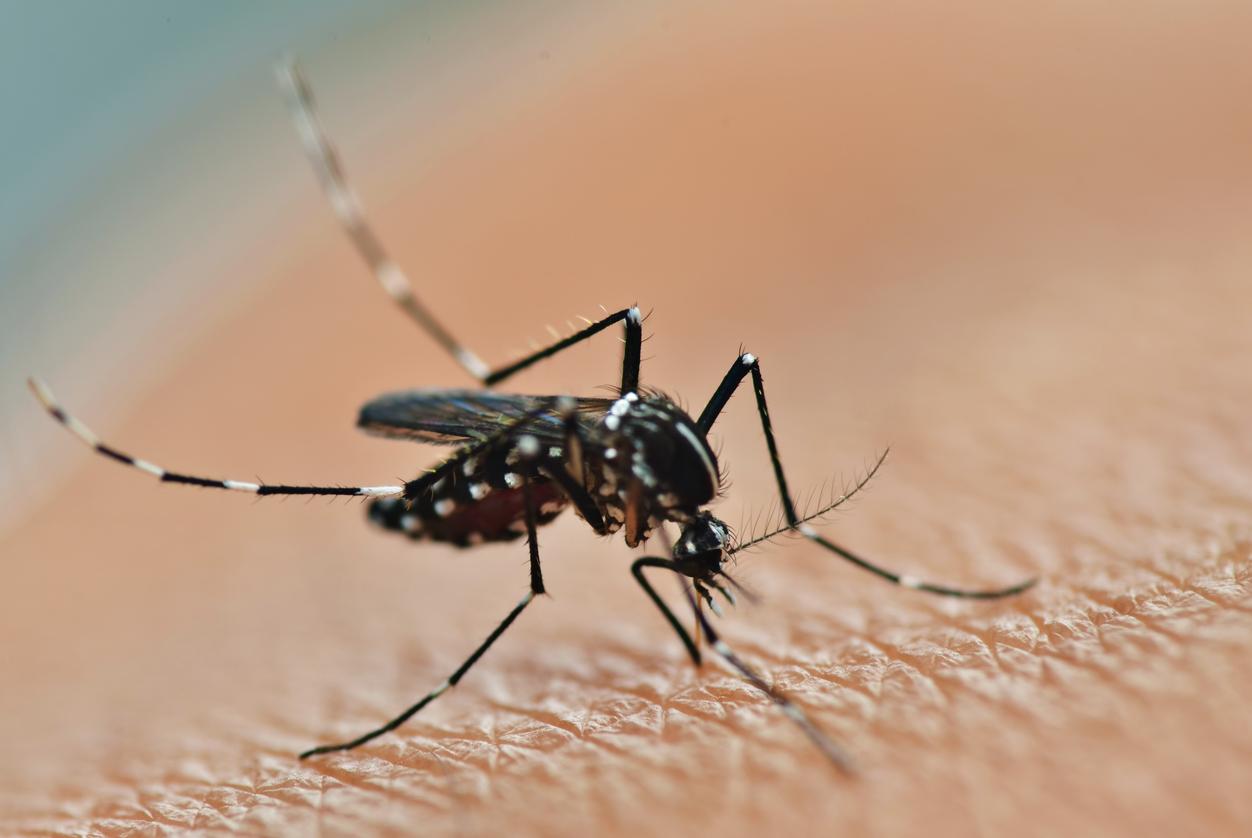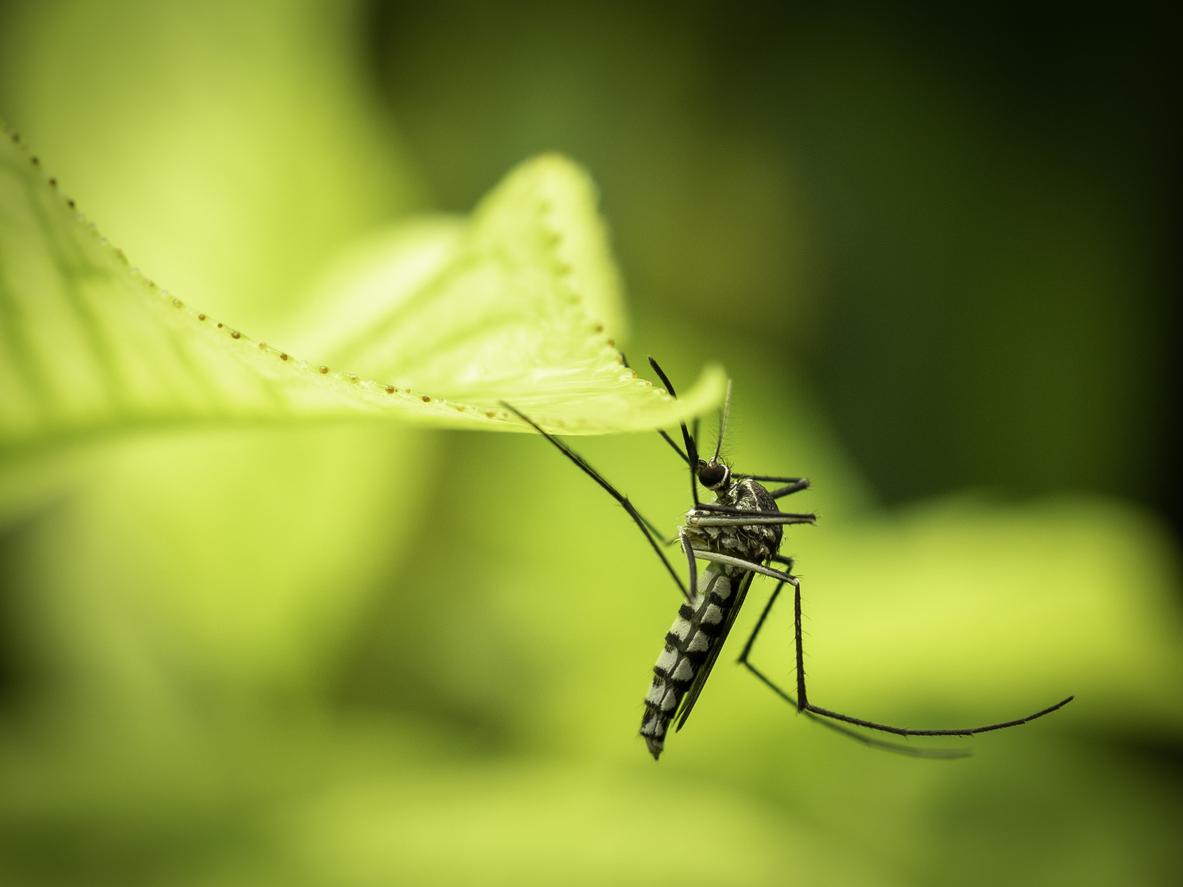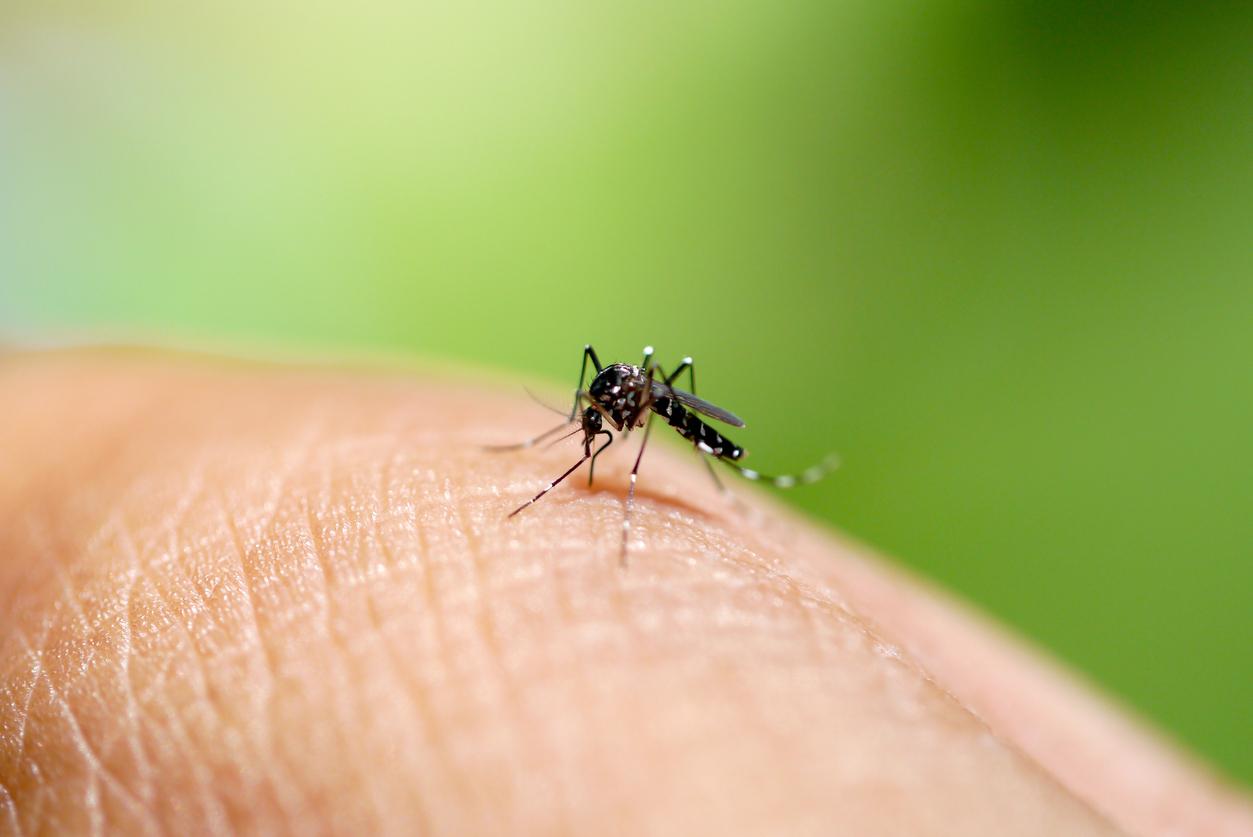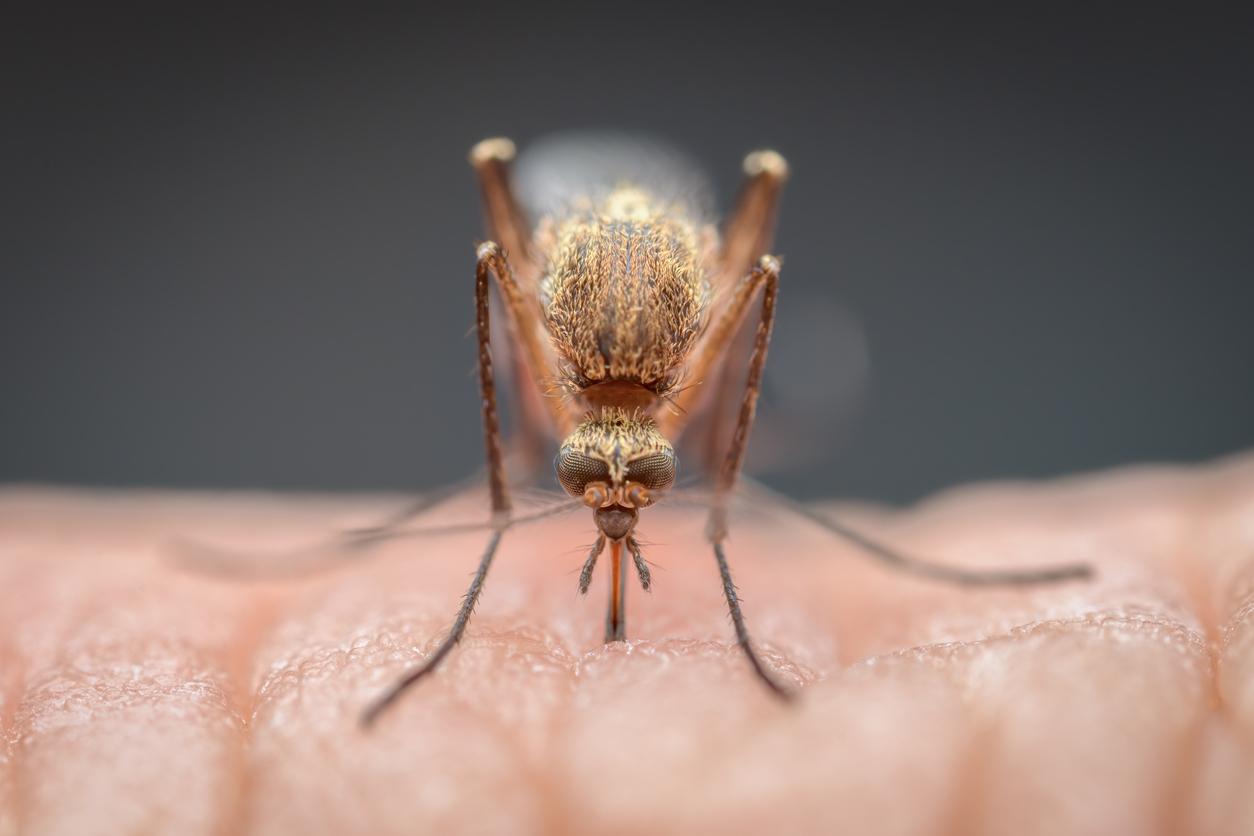Thunderclap in the world of epidemiological research. While 300 million people worldwide are believed to be infected with dengue virus Without showing any symptoms, researchers from the Institut Pasteur in Cambodia, the Institut Pasteur in Paris and the CNRS have shown that these asymptomatic patients could infect the mosquitoes that bite them, and thus participate in the virus contamination cycle. The results of this research, published in the journal PNAS, challenge a real dogma of dengue transmission.
Asymptomatic people transmit the virus to mosquitoes
Dengue fever, or “tropical flu”, is an infectious disease transmitted by the bite of an infected tiger mosquito. Every year, 390 million people are believed to be infected worldwide, but only a quarter of them are diagnosed, the rest not showing symptoms severe enough to be detected by health systems: this is what scientists call them. “asymptomatic” cases, also designated by the term “healthy carrierPrior to this study, researchers believed that asymptomatic people did not have enough virus in their blood to infect mosquitoes, which themselves could infect new people. To carry out this study, the scientists looked for asymptomatic people. In populations exposed to dengue fever in Kampong Cham, Cambodia, they placed patients diagnosed as asymptomatic in the presence of healthy mosquitoes, resulting in the insects becoming infected and capable of transmitting the disease in turn.
Take into account asymptomatic to limit epidemics
“This finding raises the possibility that people with few or no symptoms – that is, the majority of infections – are helping to silently continue transmission of the virus.“explains Louis Lambrechts, CNRS researcher, head of the Virus-Insect Interactions group at the Institut Pasteur in Paris in a press release. Moreover, while a patient with symptoms is bedridden or even hospitalized, an asymptomatic person travels around and meets many mosquitoes. This discovery should make it possible to improve the early management of dengue epidemics by limiting infections via asymptomatic people who have hitherto been neglected. “Transmission rate estimates will also need to be readjusted to calculate adequate immunization coverage for vaccines under development.“adds Veasna Duong, researcher in the Virology unit at the Institut Pasteur in Cambodia.
>> To read also:
Dengue fever: three new indigenous cases confirmed in Nîmes
Tiger mosquito: 41 departments are already affected
Dengue fever: a mosquito plant to fight against transmission
Mosquitoes: Here’s What Happens When They Bite You


















